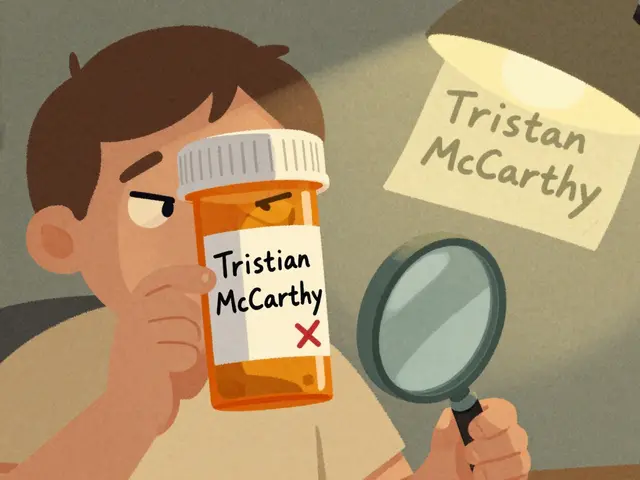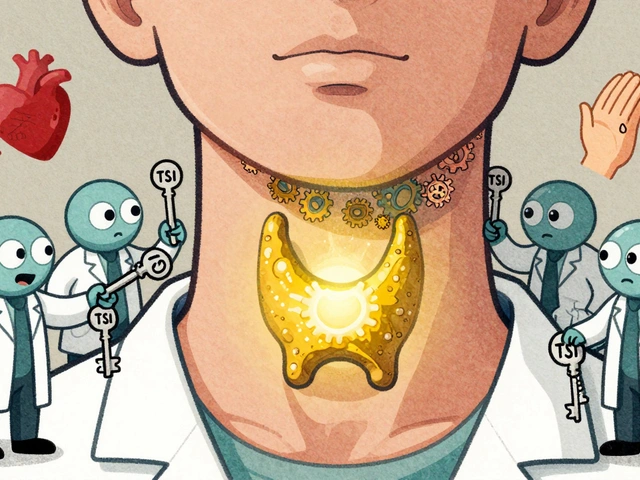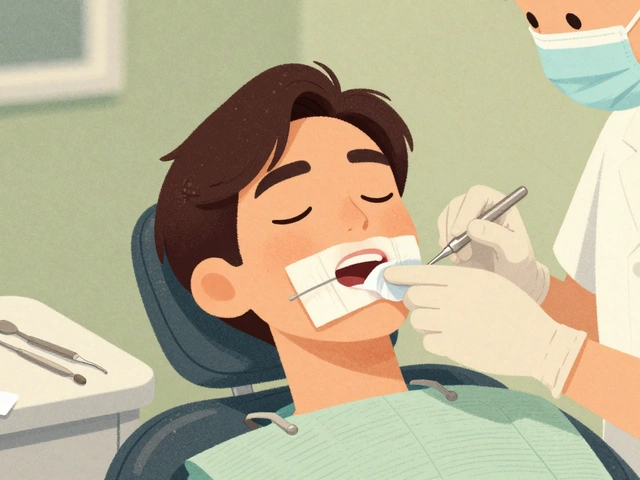Alopecia: Practical Steps to Understand and Treat Hair Loss
Seeing more hair in your brush than usual is stressful. Alopecia just means hair loss, and it can show up as thinning, patchy spots, or complete shedding. The good news: many causes are treatable or manageable once you know what’s behind it. This guide gives real steps you can take today, from quick self-checks to treatment options and everyday care.
Quick checks and when to see a doctor
Start by taking photos of your scalp from the same angles over a few weeks. If hair loss is sudden, patchy, or comes with itching, pain, or skin changes, book a skin or hair specialist (dermatologist). They’ll look for pattern changes, scalp inflammation, and signs of autoimmune conditions like alopecia areata.
Your doctor may order simple blood tests: thyroid function, iron (ferritin), B12, and basic hormones. Low iron and thyroid issues are common, fixable causes. Keep a short diary of diet, recent illnesses, stress, and new meds — these clues help the clinician pinpoint triggers fast.
Treatment options & daily care
Topical minoxidil is the most common over-the-counter option. It can slow thinning and help regrowth for many people, but expect 3–6 months before results. For men with pattern hair loss, finasteride is an effective prescription pill; women usually aren’t prescribed it due to potential effects in pregnancy. Always discuss risks with your doctor.
Patchy alopecia areata often responds to corticosteroid injections from a dermatologist or to topical steroid ointments. For severe or widespread autoimmune hair loss, doctors may consider immunotherapy or newer oral medications — these require specialist oversight because of side effects.
Nutrition matters. Aim for protein-rich meals, check iron and vitamin D, and avoid crash diets. While supplements won’t fix genetic hair loss, fixing a deficiency can make a noticeable difference. Stay hydrated and limit heat styling and tight hairstyles that pull on roots.
Camouflage options work immediately. Quality wigs, hair toppers, scalp micro-pigmentation, and styling tricks can boost confidence while medical treatments take effect. If you’re thinking about a hair transplant, remember it suits stable pattern hair loss and needs a clear discussion about expectations, cost, and recovery.
Mental health counts. Hair loss can affect mood and social life. Speak to friends, consider counseling, or find a support group. Simple changes — a new haircut, a headband, or learning a few styling techniques — often help you feel better fast.
Action plan: take photos, track symptoms, get basic blood tests, try minoxidil if appropriate, and see a dermatologist for persistent or worrying loss. With the right steps you can get clarity and start a plan that fits your goals and lifestyle.










